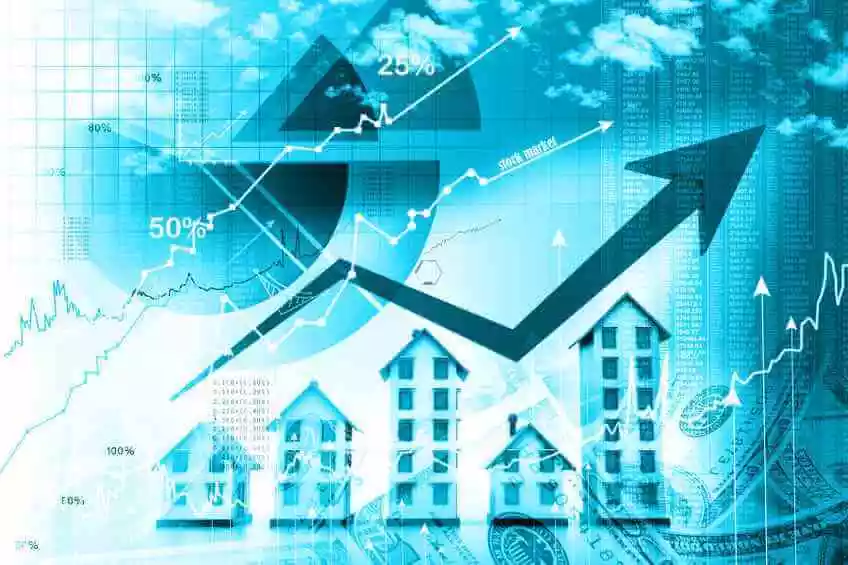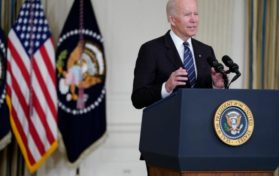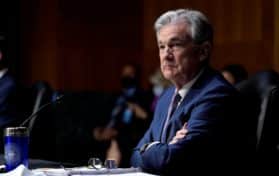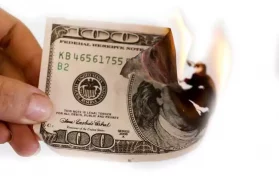
Inflation has hit a high unseen in four decades, and prices continue to soar in the face of widespread supply chain disruptions, worker shortages, and outrageously high consumer demand. Prices surged by a margin of 5.7 percent throughout the end of November, according to the Personal Consumption Expenditures price index data, reports showed on Thursday.
This number topped October’s rate of five percent, which is the fastest pace increase since February 1982. At that time, the gauge hit 6.7 percent.
Not measuring the vastly rising prices of fuel and food, prices of consumer goods rose 4.7 percent in November from the same time period in 2020. This is the highest and fastest surge in prices since the Reagan Administration. This is how the Federal Reserve tracks inflation; the Reserve prefers a target of two percent.
Between October and November 2021, prices rose 0.6 percent (when food and fuel were excluded, the percentage was 0.5).
The spike in inflation is a reflection of the sharply rising cost of energy; these costs rose a whopping thirty-four percent from 2020. During the same time period last year, costs rose 5.6 percent. The inflation of services 4.3 percent in November, the inflation of goods rose 8.5 percent. In October, goods inflation rose by 7.6 percent.
In addition to the inflation data released on Thursday, information on household spending was also reported. The information showed that consumers saved less in November. After inflation was factored in, consumption among Americans was largely unchanged. If the level of demand does not change, this could be a boon for the current rate of inflation.
The Consumer Price Index is another measure by which inflation is measured; the data from the measure showed that inflation rose by 6.8 percent in November from 2020.
Data from these reports are likely to reinforce the decision made by the Fed last week to accelerate withdrawal of its monetary support for the American economy. This could create additional pressure on the Federal Reserve to continue tightening policy in the coming year, which likely means raising interest rates.
At the end of the Federal Open Market Committee’s meeting to set policy, the group said that it would double the reduction of the asset-purchase program to $30 billion per month. This could phase out purchases by the Fed in March rather than the initial projection of June.
Policymakers have tended to hold rates at nearly zero percent, the same rate the Fed offered since March 2020. However, new economic projections show that officials at the Fed have proposed at least one rate hike in the coming year. As recently as September, the Fed proposed that interest rates should not be changed until 2023.
The Fed projects that rates will remain at 0.9 percent until the end of 2022, rise to 1.6 percent by the end of 2023, and 2.1 percent by the end of 2024.





